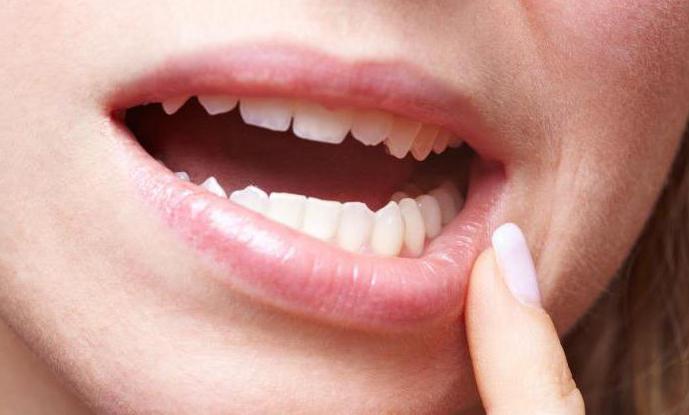Tooth cracking can be a difficult problem to manage, from diagnosis to treatment.
A cracked tooth is not easy to diagnose without obvious symptoms. When the crack in the tooth ends within a specific part of the root, a typical bone resorption can be observed along the fracture line. In these cases the diagnosis is easier and therefore also the treatment.
Inflammation of the cracked tooth
In the presence of a tooth crack it is likely that acute inflammation of the tooth can also form due to bacterial infiltration that moves from the periodontal pockets towards the fracture line.
Not only that, the crack of a tooth also involves a particular type of bone resorption, generally localized, which can cause a false result in a periodontal probe with the consequence that the periodontal pocket may not be diagnosed immediately and continue to grow.
Tooth crack: origin of the fracture
It is hypothesized that longitudinal fractures may originate from a crack in the dentin of the crown. This type of crack can be due to chewing stress or due to a particular weakening of the dentin due to a reduction in quality, quantity or both.
The crack spreading can become a fracture and move quickly downwards, therefore towards the pulp chamber, generating an infection or even necrosis of the tooth.
In the presence of a tooth crack, any type of stress on the tooth can worsen the situation and make the fracture progress towards the root.
Identifying the crack in the tooth is not easy, the symptoms are often fluctuating and difficult to recognize. The scientific community that promotes conservative dentistry is evaluating what are the most suitable tools for diagnosis and therapies to keep the cracked tooth in the arch without resorting to extraction.
Conservative dentistry: preserving the cracked tooth
In an Italian study published in the International Endodontic Journal of October 2021, the authors studied the survival rate of teeth with root cracks and restored with composite materials.
The study included 87 tooth crack patients with a mean age of 50, 46 men and 41 women. Teeth with root cracks / cracks were treated with adhesive composite restorations between 1991 and 2019. Forty-five cracks were found in the upper posterior teeth (molars and premolars), 40 in the mandibular posterior teeth and only two in the anterior teeth, both at the maxillary level.
Based on the depth of the crack, the teeth were classified with:
- proximal root cracks, in which the fracture line was limited to the inside of the pulp floor or in the coronal third of the root;
- deep root cracks, in which the fracture line extended to the middle third and apex of the root canal.
Of the 87 sample cracked teeth, 52 had deep root cracks and 35 proximal root cracks, while 46 showed a periodontal probing defect.
Over 50% of the teeth treated with the adhesive protocol were found to be functional at 5 years. From the results that emerged, it can be concluded that composite resin restorations guarantee cracked teeth a survival of more than 50% even after 5 years of follow-up.
This happens in 85.4% of cases of minor cracks and in 61.5% of cases for deep cracks.
The use of an operating microscope remains essential for diagnostic and therapeutic procedures.


















